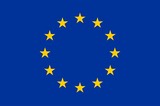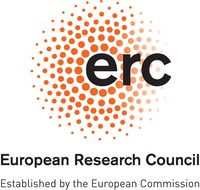Carbonyl sulphide (COS) is the most abundant sulphur compound in our atmosphere with a mixing ratio of about 500 parts per trillion (ppt). Surprisingly, its global budget is poorly known, with recent updates of the dominant budget terms of more than 100% [Berry et al., 2013]. The budget of COS is dominated by emissions from (tropical) oceans and uptake by the terrestrial biosphere, but significant uncertainties exist. Due to its long atmospheric lifetime of about 2 years, COS is transported to the stratosphere [Crutzen, 1976; Kremser et al., 2016] where its photochemical breakdown contributes to the formation of Stratospheric Sulphate Aerosols (SSA). Since these aerosols cool our climate, this is a first link between the sulphur cycle and climate.
A second link to climate is the uptake of COS by the terrestrial biosphere. COS has been suggested as a possible new constraint on the atmospheric carbon cycle [Berry et al., 2013], but only if some large caveats in our knowledge of its budget are resolved. If the COS budget is better understood, there are good prospects to use COS to constrain gross primary productivity (GPP) of terrestrial vegetation [Montzka et al., 2007; Campbell et al., 2008; Seibt et al., 2010; Blonquist et al., 2011; Wohlfahrt et al., 2012]. Recent analyses of COS stored in ice cores [Aydin et al., 2016; Rubino et al., 2016] link observed changes in COS to variations in GPP during the Holocene. Without a drastic reduction in COS source and sink uncertainties and their relation with climate, these claims remain however rather speculative.
The two big scientific questions that are addressed in this reseach are:
- What is the contribution of COS to the stratospheric sulphate aerosol layer?
- Can the global budgets of COS and CO2 be reconciled, and what are the implications for terrestrial gross primary productivity?
The figure below schemetically depicts the way COS enters and leaves the atmosphere.
Schematic representation of the Earth atmosphere, with Brewer-Dobson circulation (grey arrows), stratosphere–troposphere exchange, the ozone layer, SSA, and biosphere-atmosphere exchange of COS and CO2. Question marks indicate COS processes that this proposal focuses on. UT-LS = upper troposphere, lower stratosphere. ITCZ = Inter Tropical Convergence Zone. (After Shaheen 2013)
Uncertainties in the COS budget thus come from (i) poorly known emissions from the ocean (main source), industry, and fires (ii) uncertainty in the uptake by the biosphere and soils (iii) poorly quantified fate of COS in the stratosphere.

